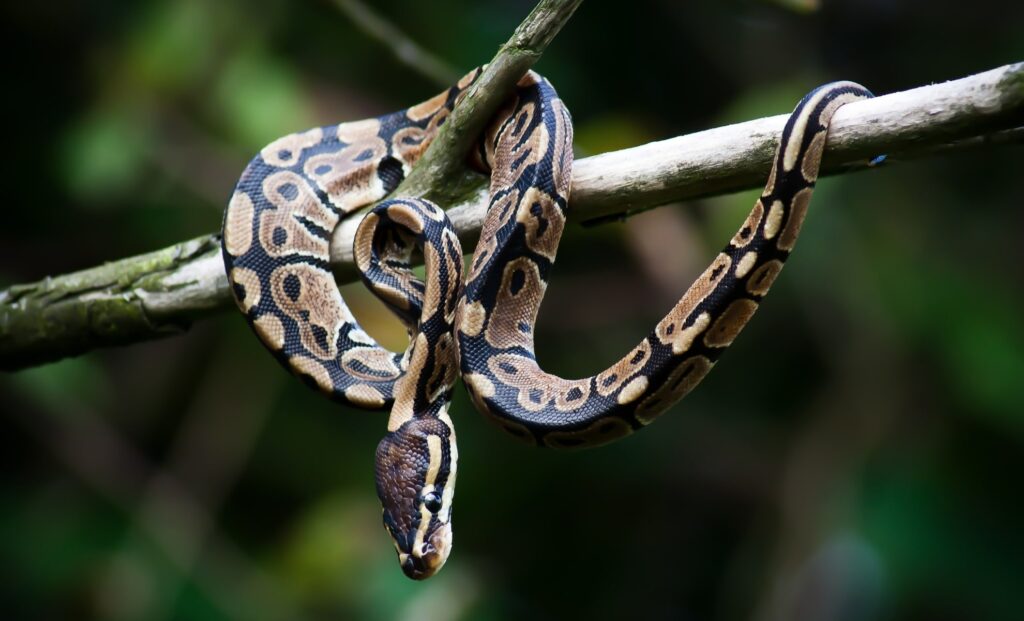For years, pythons have been observed consuming their prey whole, bones and all. While many carnivores are limited to digesting only the flesh of their prey, pythons have evolved a unique way of breaking down animal skeletons for the valuable calcium they provide. Recent research has identified a new type of cell in their intestines that plays a key role in this remarkable ability, offering insights into the biology of digestion in snakes.
New Cell Discovery in Pythons
Researchers at the University of Montpellier have uncovered a previously unknown cell type in the intestines of Burmese pythons. These cells, which are different from normal intestinal lining cells, produce large particles composed of calcium, phosphorus, and iron.
These particles form structures called “spheroids,” which are believed to help break down bones inside the snake’s digestive system. This discovery was first presented at the Society for Experimental Biology Annual Conference in Belgium and published in the Journal of Experimental Biology.
Lead author Jehan-Hervé Lignot, a professor at the University of Montpellier, explained that these specialized cells are located in the “crypts” of the python’s intestinal lining. Unlike typical enterocytes, which absorb nutrients, these cells have narrow structures with short microvilli, making them uniquely suited to handling bone material. The discovery of these spheroid-producing cells has provided a new understanding of how pythons manage to digest the skeletons of their prey.
The Role of Calcium in Digestion
Calcium plays a crucial role in the digestive process for pythons, but it also poses a risk. If too much calcium enters the snake’s bloodstream, it can lead to hypercalcemia, a condition that can cause serious health problems such as heart issues, high blood pressure, and kidney failure. In their study, Lignot and his team examined how the pythons manage to absorb calcium from their prey’s bones without suffering from these adverse effects.
The researchers fed the pythons different diets, including whole rodents, boneless rodents, and calcium-enriched boneless rats. They found that only the pythons that consumed whole rodents or calcium-supplemented prey showed the presence of the calcium-rich spheroids in their intestinal cells.
This suggests that these cells are specifically activated when the snake ingests calcium-rich materials, allowing it to process and control the absorption of the mineral in a way that prevents harmful levels from entering the bloodstream.
Implications for Other Bone-Eating Predators
While the discovery was initially made in Burmese pythons, researchers suggest that this unique system of digestion might not be limited to this species alone. According to Lignot, similar specialized cells have been found in other species of pythons, boas, and even in the Gila monster, a venomous lizard native to the southwestern U.S. and Mexico. These findings point to an underexplored system of mineral regulation in the digestive tracts of reptiles.
Lignot also speculated that this bone-digesting mechanism could extend to other carnivorous animals, such as sharks, marine mammals, or birds of prey like the bearded vulture. He hopes that this discovery will inspire further research into how different animal species process bone material and absorb the essential nutrients found in skeletons.

